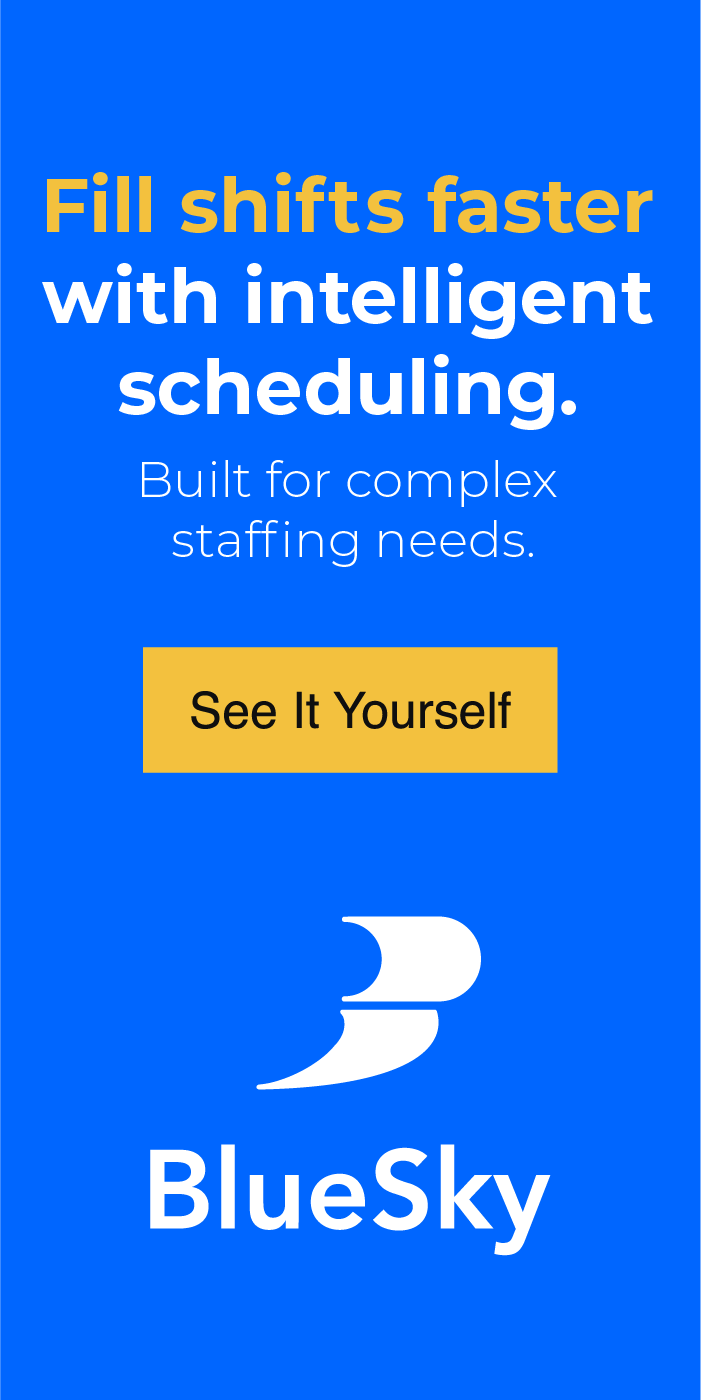The medical field has long been on the cutting edge of technological breakthroughs to cure diseases and advance treatments. Unfortunately, the business side of the practice is too often expected to use out-dated IT.
Medical practices that leverage technology also have a substantial amount of patient data and business metrics in their systems that they need to utilize for better care outcomes. With real-time dashboards of important, granular reporting at their fingertips, healthcare technology trends are making it easy as ever to get a sense of how a medical organization is operating, and what can be improved.
IT investment soars
“More than a quarter of hospitals raised IT budgets by more than 5%.”
It’s no secret that healthcare organizations have been investing heavily in new technological advancements and IT infrastructures. These investments cover such things as equipment and machinery for life-saving treatments, implementing electronic health records and improving medical practice management. In fact, enactment of the Affordable Care Act essentially requires health systems to utilize new technological solutions to deliver better patient outcomes and manage risk-based contracts.
Due to constant innovations and the regulatory pressures, IT spending continues to rise. Two-thirds of hospitals increased their technology budgets for 2017 with more than a quarter raising this by more than 5 percent, according to a recent First American Healthcare Finance survey of more than 700 unique healthcare systems. The top tech priorities for respondents included:
- Infrastructure – the networks, systems and software necessary to manage data.
- Communication – including the use of tablets, iPhone nurse call systems and telehealth.
- Revenue generation – advanced imaging and ultrasound equipment, hybrid operating rooms and other high-tech innovations.
- Patient monitoring devices – such as watches, wristbands and necklaces.
By focusing on each of these pillars, health care organizations can provide better patient care while also finding ways to streamline workflows and cut overhead costs. However, it’s also important for practices to identify their areas of greatest technological needs, be it in EHR systems or medical staffing software.

Incorporating data and analytics
One of the most promising aspects associated with the use of more technology is the potential for greater data collection and analysis. The new systems and software initiatives allow healthcare organizations to gain more insights into patient populations to draw a more holistic view. Further, access to public records and commercial data provides more granular patient-level data, which also improve the overall quality of care.
With an emphasis away from fee-for-service compensation and onto value-based care, medical practices and large health systems need to find ways to deliver data-driven incentives that correspond to high quality and cost effective measures.
As noted by MapR, a data solution company, UnitedHealthcare implemented a predictive modeling environment for their data analytics. The new systematic and repeatable process yielded a return of 2,200 percent on their big data/advanced technology investment.
Using technology for more nuanced medical data collection and analysis will play a key role in delivering quality care while lowering costs.
Consider medical staffing software
While the big changes in implementing EHRs and utilizing ICD-10 take up a lot of the headlines about health systems investing in new technology, there are other software solutions that should also be considered. One area where technology is streamlining workflows and generating immediate results is with medical staffing software.
This is especially true following the passage of the ACA, as it served to bring 22 million new patients into the U.S. healthcare system. With more people seeking out quality care, it’s created a surge in demand for physicians and nurses. Locating the best candidates with the right credentials and shift availability will require healthcare systems to have access to a robust database of qualified nurses and physicians. In addition, on-boarding technology and applicant tracking systems will be crucial in ensuring these candidates
Technology such as a sophisticated workforce management platform allows healthcare organizations to overcome these challenges through and manage the unique nuances associated with medical staffing needs. With easier job integrations that connect to existing websites, medical organizations can can save time and money.
Click here to learn more about the workforce management platform from BlueSky Medical Staffing.

